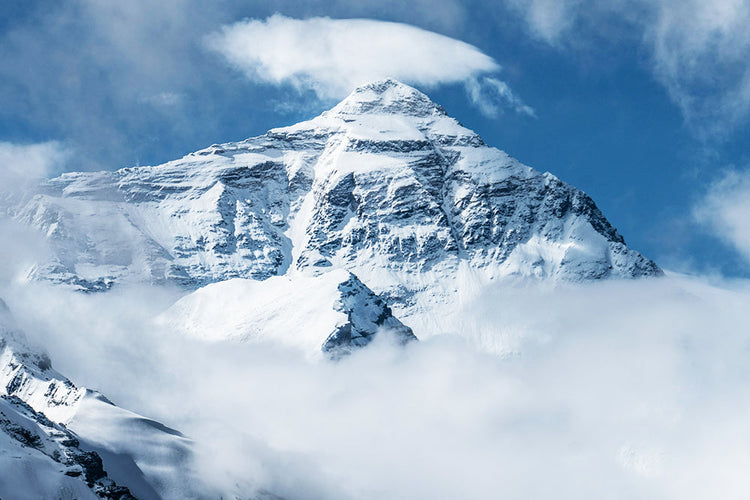Celebrating an Extraordinary 2025 Everest Season with Hypoxico
June 06, 2025 | By Brian Oestrike
Another Everest season has wrapped, and what a year it was. From lightning-fast door-to-door ascents to carefully timed summit pushes, our clients showed just how far modern pre-acclimatization can take mountaineering—while keeping safety front and center.
Stand-Out Achievements
This season, we saw a range of remarkable climbs by our clients. Andrew Ushakov completed a sea-level-to-summit ascent of Mount Everest in under four days—believed to be the fastest ever—without the use of xenon gas. He logged more than 400 hours in with a Hypoxico Head Bivy and Training Mask to prepare.
 Andrew Ushakov during his record Everest ascent
Andrew Ushakov during his record Everest ascent
Alpenglow Expeditions demonstrated textbook patience and timing in their summit strategy. A special congratulations goes to founder Adrian Ballinger, who earned his 10th successful Everest summit—an extraordinary milestone.
Furtenbach Adventures led multiple “flash” ascent teams, including a group from the UK experimenting with xenon gas. Like many others this season, these teams relied on Hypoxico’s systems for their pre-acclimatization efforts before setting foot on the mountain.
Karl Egloff acclimatized with our equipment for several months prior to his Everest speed attempt. Unfortunately, the conditions weren’t conducive to his goal but he ultimately made the right decision to turn around and adventure another day.
We also supported many independent and hybrid climbers who weren’t part of major guiding operations but used our systems to shave days—even weeks—off their schedules. These successes show the power of arriving at base camp ready to move as soon as the mountain allows, rather than waiting weeks for natural acclimatization.
Across every style of ascent—from traditional 60-day climbs to rapid, four-day summit pushes—our altitude tents, masks, and chambers proved to be a common factor in climber success. When you start acclimatized, you gain flexibility and freedom on the mountain.
A Note From Brian Oestrike, Hypoxico CEO:
“When I climbed Everest’s Northeast Ridge 2007, I spent weeks sitting at Base Camp to acclimatize. I found the waiting game incredibly monotonous and noticed how much fitness and weight you lose sitting around up high.
Six months later a cycling friend showed me a hypoxic tent. After quick, successful climbs of Aconcagua (2 nights, 3 days) and Lhotse (under a month), I knew pre-acclimatization worked—but it was Adrian Ballinger who proved rapid-ascent guiding could benefit everyone.
Twelve years on, seeing hypoxic training become the gold standard for elite and “ordinary” climbers alike is incredibly rewarding. Our goal has never been shortcuts; it’s safer, more enjoyable expeditions through smarter preparation at home.”
Safety First
It’s important to remember that acclimatizing to high altitude is still hard—whether on the mountain or in a tent at home. Hypoxic training requires time, consistency, and a smart approach. We strongly encourage all climbers to consult with their guiding agencies and medical professionals and rely on their own past altitude experience.
Our systems are not shortcuts. They are a way to do the hard work ahead of time so you can arrive at the mountain, whichever one it may be, more ready, more adaptable, and ultimately safer.
Looking Ahead
This season showed us what’s possible when traditional mountain expertise is combined with modern training science. Faster, safer, and more personalized expeditions are no longer the exception—they’re becoming the new norm.
We’re proud to support climbers who are pushing boundaries while staying grounded in smart, safe preparation. Congratulations to all of our clients on an unforgettable Everest 2025 season. You inspire us to keep innovating and helping more climbers summit stronger and safer.
< Back to Altitude Journal